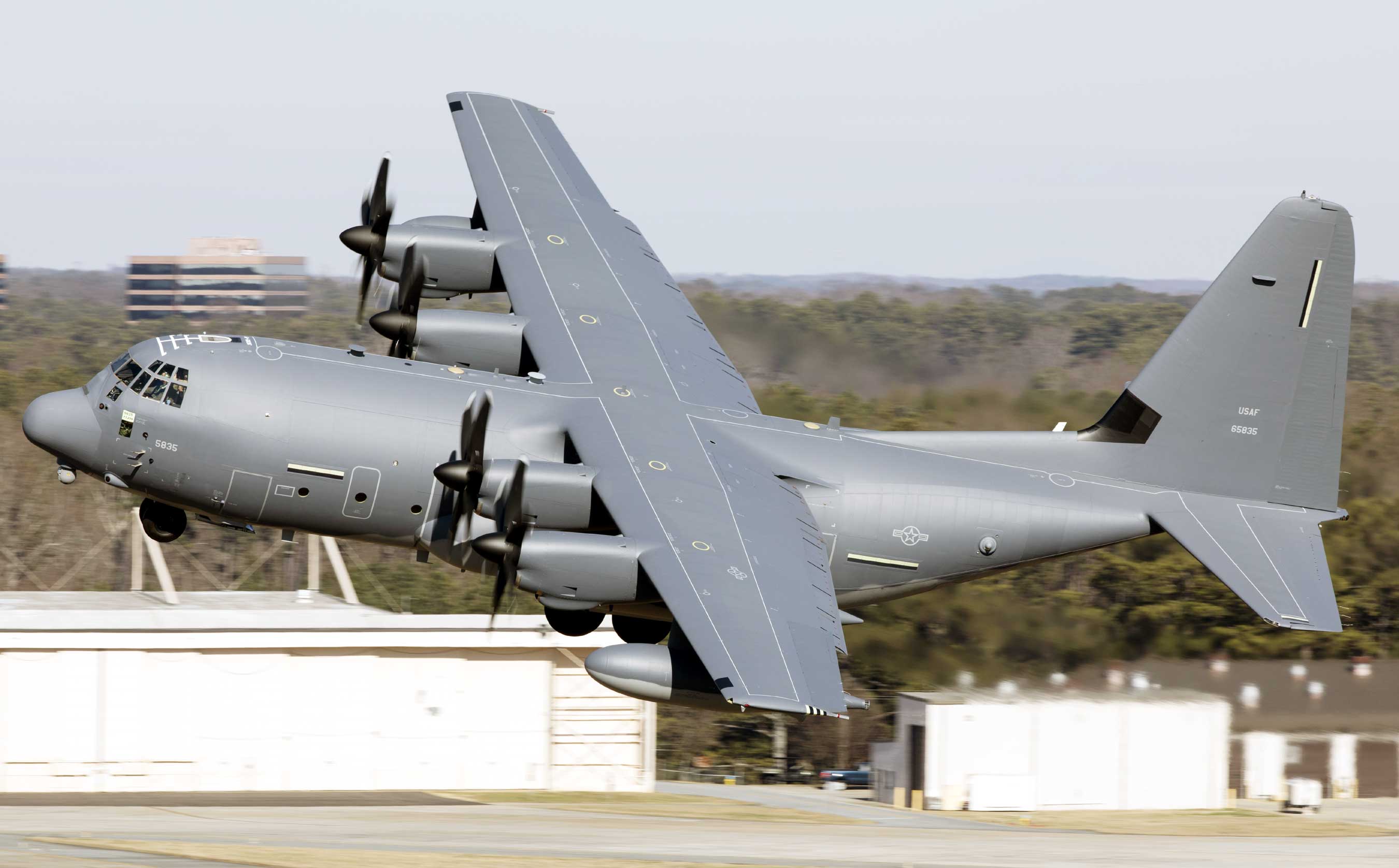I understand that the preferred outsize load strategic capability requirement has been shifted across to the following projects in defence planners thinking:
Enhanced Sealift Capability
Introduction into Service – 2029
Indicative capital cost: $1b+
Additional Enhanced Sealift Capability
Introduction into Service – 2033
Indicative capital cost: $1b+
For example a modern sealift vessel travelling from DNB to Suva at 16 knots takes only 3 days.
One can't rule the A400M and C2 out but their necessity is somewhat waning in the eyes of defence planners compared to a few years ago. Are they really worth the significant cost to only be able to airlift a single LAV a strategic distance or a partly dismantled NH90? The Aotearoa will do all the outsized load requirements to the Antartica in early and late summer for the main research season. The C-130J-30 is much more capable than the old C-130H's.
The role of strategic lift is to get from NZ to a hub airport. If there was a HADR incident that needed a response a commercial widebody combi ala A330 / B767 variant will get us to that hub and the C-130J-30 will assist in that role, yet also do that last mile, and if there was an urgent requirement for rotary support a couple of AW-109 LUH (mainly Medevac and SAR) in those first 72 hours in the back of a C-130J-30 will probably suffice until Sea Sprites and NH-90's can arrive via Enhanced Sealift Capability a few days later.
Contrary to popular misconception their are a large number of long tarmac runways with ground handling facilities throughout the Pacific in all territorial jurisdictions but for the Tokelau - which looks as though it will now get something. (One would hope that they may as well build it with enough length to get a mid size widebody in and out of there if they had any brains). American Samoa, Bora Bora, Caroline Islands, Christmas Island, Cocos, Fiji, Kiribati, Marshall Islands, Nauru, Nouméa, Niue, Palau, Rarotonga, Saipan, Samoa, Solomon Islands, Tahiti, Tinian, Tonga, Tuvalu, Vanuatu, Wallis and Futuna all host IATA approved International Airports.)

